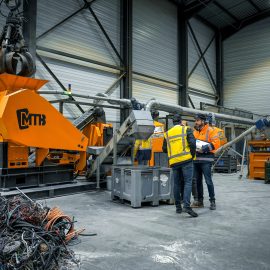Actualités Engineering, Corporate
MTB & The SeaCleaners
2 March 2021

LET’S FIGHT AGAINST OCEAN POLLUTION
THE Manta A COMPLETE, CORRECTIVE AND PREVENTIVE ANSWER TO FIGHT AGAINST PLASTIC POLLUTION
MTB & TSC
SINCE 2016, WE HAVE BEEN WORKING TOGETHER WITH THE SEA CLEANERS, USING OUR SKILLS AND KNOW-HOW TO FIGHT OCEAN POLLUTION. LIKE MTB, TSC’S AMBITION IS TO ACT FOR THE ENVIRONMENT WHILE SEEKING SOBRIETY.
« Acting for a pollution-free ocean is a vital need for life and a promise we make to our future. It also means defending an aspiration for beauty and freedom that drives us all. » Yvan Bourgnon, President and Founder of The SeaCleaners









